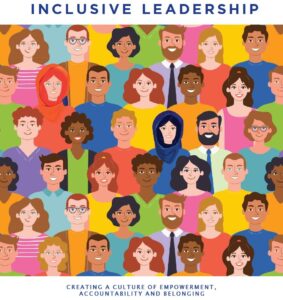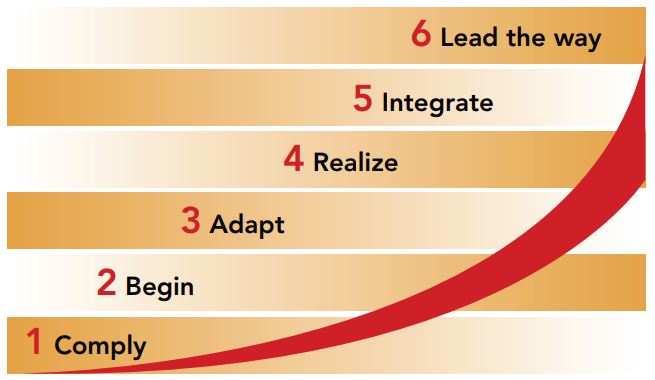“Can’t you see why you’re wrong?!”. We have all heard this, or some variation of it, in our arguments with those closest to us. Typically, the recipient of this phrase is unable or unwilling to change their viewpoint, leading to a further breakdown in communication. In this series, I will be tackling the need for self-awareness in our work lives.
When someone is self-aware it means that they recognize their feelings, differentiate between them, know why they are feeling these feelings, and recognize the impact their feelings have on others around them[1]. Generally, people respond well to those who can demonstrate self-awareness. This becomes the difference between having an argument or having a discussion. If you disagree with someone, the tendency is to give an opinion without knowing where the opinion comes from in the first place. By knowing why someone may hold a certain opinion, you may begin to dismantle some of their implicit biases. Furthermore, by knowing how to react to disagreements without anger, employees can learn from each other instead of creating conflicts and reinforcing beliefs about others.

Shutterstock
Consider the following statement—“I just think women are less capable of scientific analysis” or “I think he fakes depression to get sick days.” Both of these statements are sentiments that can be heard around the workplace. Clearly, in 2017 we hear less of these inflammatory statements in the workplace, thanks to the work of activists and forward-thinking change agents. However, the fact of the matter is that these feelings exist despite the obvious awareness surrounding sexist attitudes and discrimination of mental illness. Notice I said awareness and not self-awareness? In our organizations, we need to not only give our employees the knowledge but we must give them the tools to implement the knowledge effectively. One such tool is self-awareness. When an employee understands that sexist comments are bad and they understand why they hold sexist or discriminatory thoughts, they may be less likely to repeat ideas that hinder collaboration and teamwork.
For instance, if an employee understands that ostracizing coworkers who have mental illnesses is wrong and they’ve been taught to explore introspectively why they may have ostracized them in the first place (e.g., fear of the illness), they may be more willing to approach their co-worker who is unwell.
People want to feel valued by their organizations, and a central theme in this series is the use of emotional intelligence skills training to demonstrate this value. Teaching self-awareness is another way to show all employees that their wellbeing is of utmost importance. Employees can learn to think through their motives and thoughts in a logical way, leading to more constructive conversations in the workplace. This gives employees a tangible result of the training, given that it can be applied not only to issues of discrimination but also to divergence of opinions.
In an organization with a culture that does not value learning, it is possible that self-awareness may not be a sought-after strategy for conflict resolution. However, by participating in an effective organizational change as part of an overall strategy of corporate SOCIAL INTELLIGENCE™, your business can benefit from employees who know how to interact with each other appropriately. This in turn will lead to lower turnover rates and more motivated staff.
[1] Stein, Steven J. and Howard Book (2011). The EQ Edge, ch. 3, p.53.







